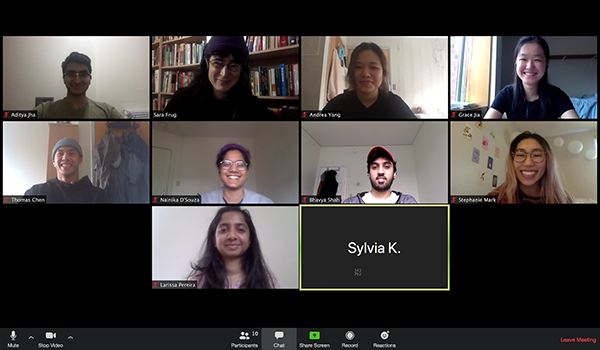Returning to Our Regularly-Scheduled Program

In January, we started work with a Cornell Computing and Information Science team on a project we called “Save the Constitution Again.”
The project has a long history, beginning in the mid-2000s, when LII first published a web version of the Congressional Research Service (CRS) U.S. Constitution Annotated (“CONAN”). CONAN provides legal analysis and interpretation of the Constitution, focusing on Supreme Court jurisprudence and is a very highly regarded source of information about the fundamentals of the American system of government. Like LII, CONAN is prized for its objectivity. Two years ago (after more than a decade of waiting for the government to publish its XML source data once the plain-text publication was discontinued), a CS 5150 Software Engineering Practicum team helped LII “Save the Constitution” by working on a conversion from what was then the only available published format: PDF. It was a great success, garnering more than 900,000 visitors in its first year and 1.5 million in calendar year 2019. But in September of 2019, the government published its own CONAN website, effectively orphaning our data source for the second time.
We returned to CS 5150, proposing a project that would build upon the last one. Having made CONAN more accessible, we now wanted to focus on making its content easier to find and understand. The large project team split into small groups, each specializing in an aspect of the challenge. One group focused on splitting the source text into component parts. A second extracted information about the relationship between the Constitution and the Supreme Court decisions that interpret it. A third explored techniques for summarization. You already know what happened next: along with much of the rest of the world, the University shut down.
So we started meeting by teleconference and re-envisioned the scope of the project. The students weathered shelter-in-place, travel home, quarantine, and a 12-hour timezone range to continue their work. In the next few weeks, they’ll be wrapping up handover details and presenting their results – we look forward to getting their work in front of the public.


